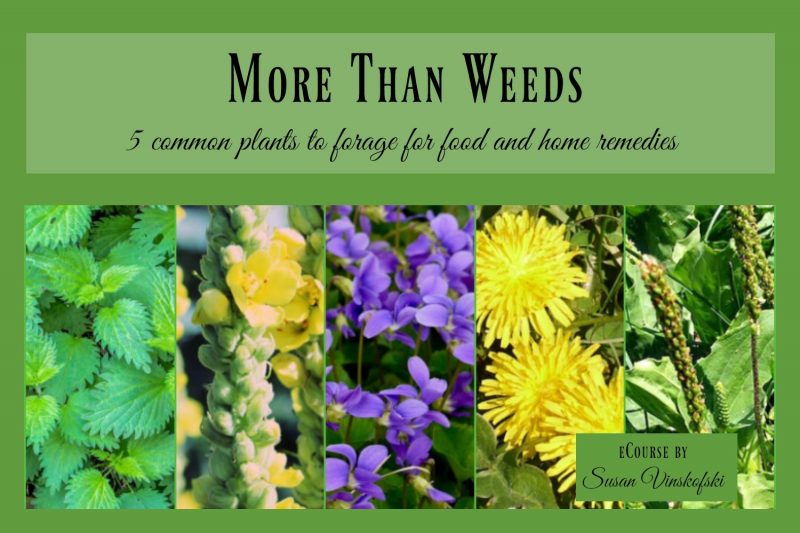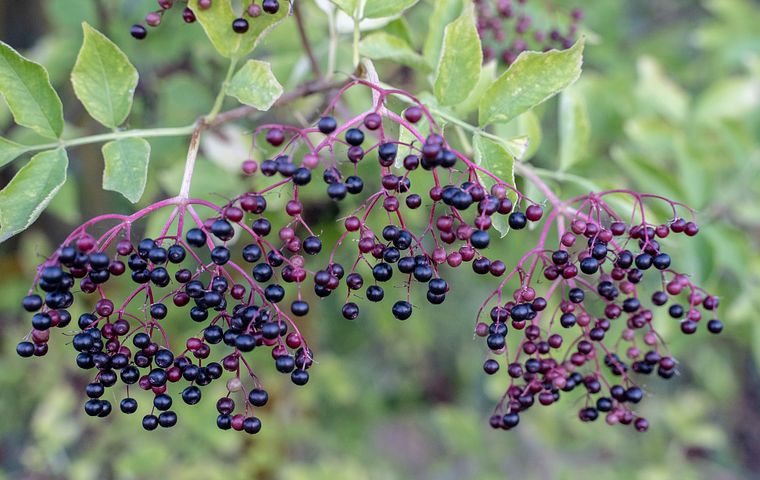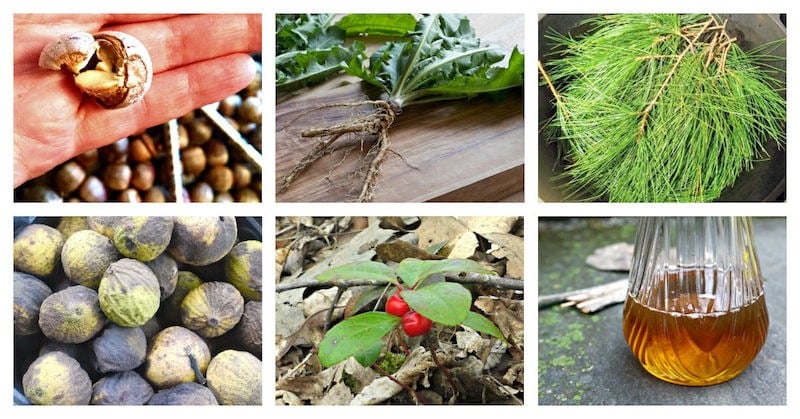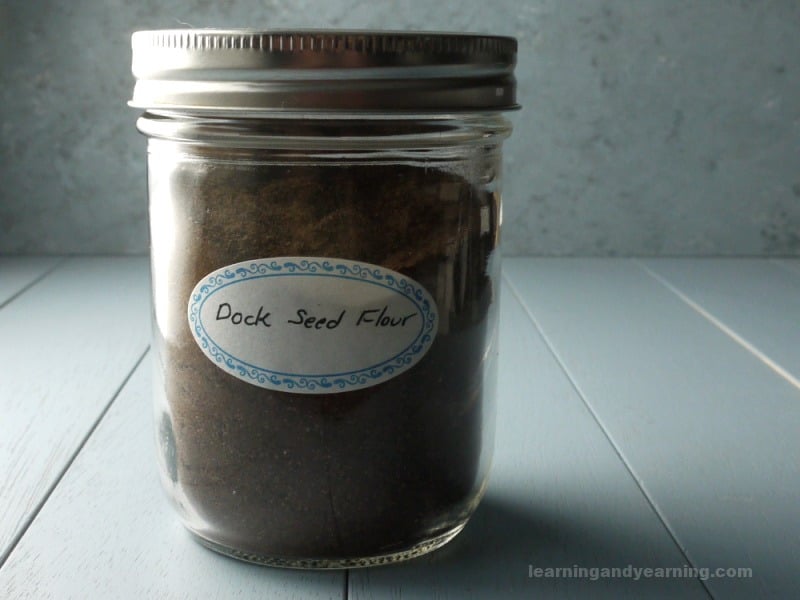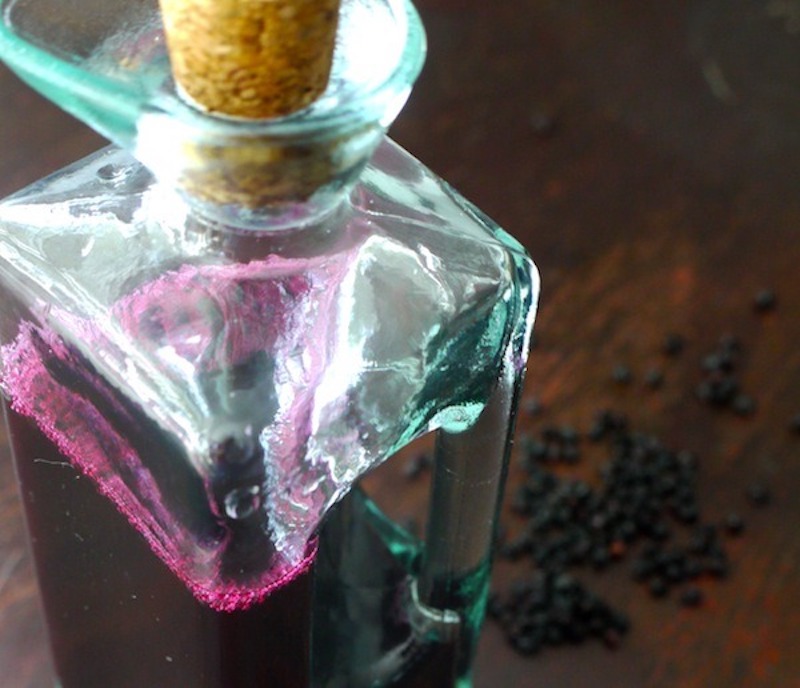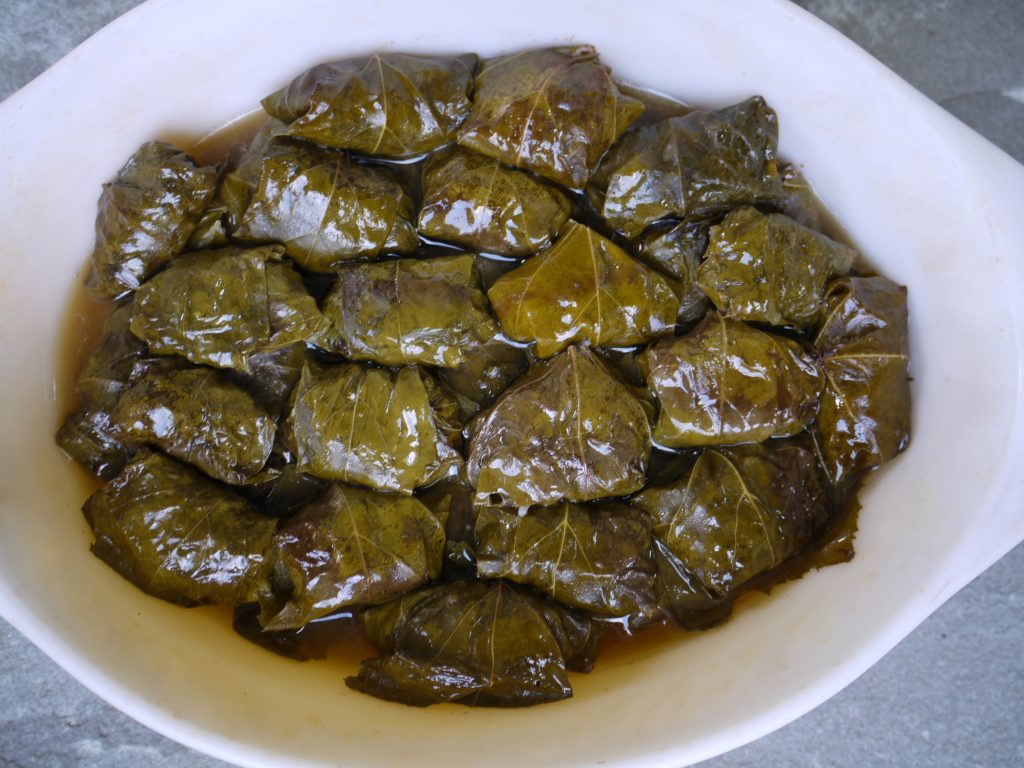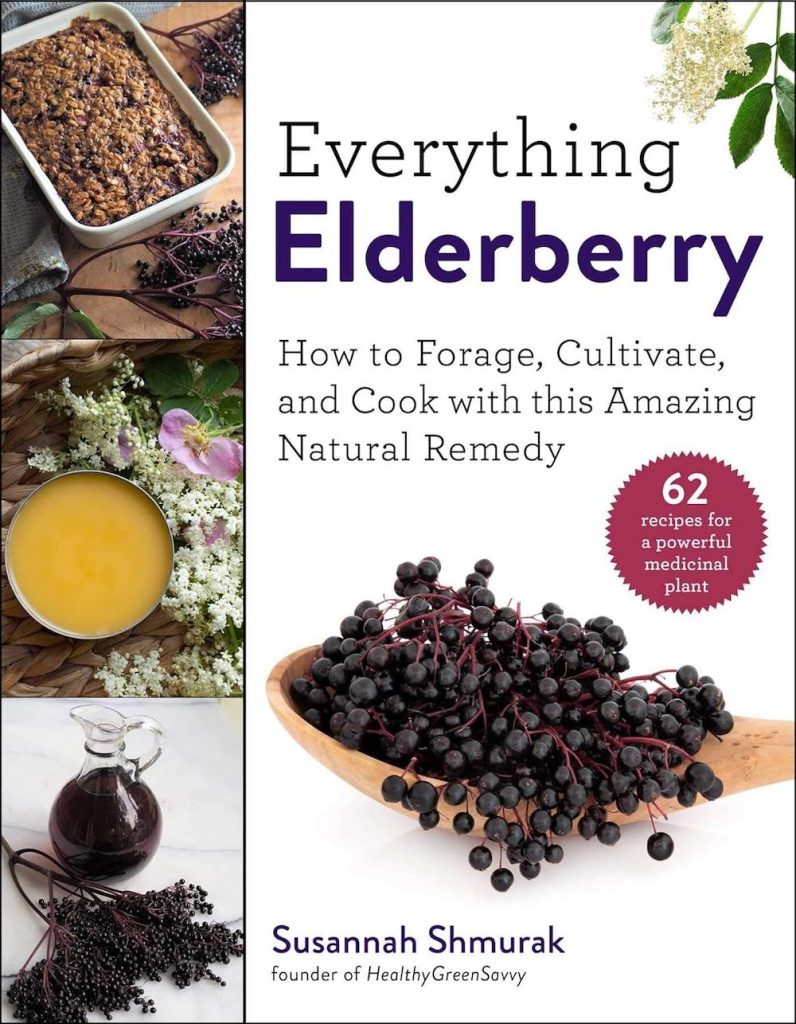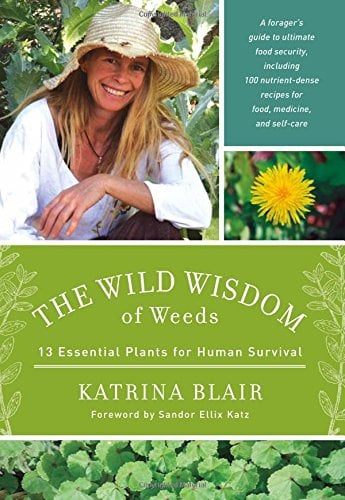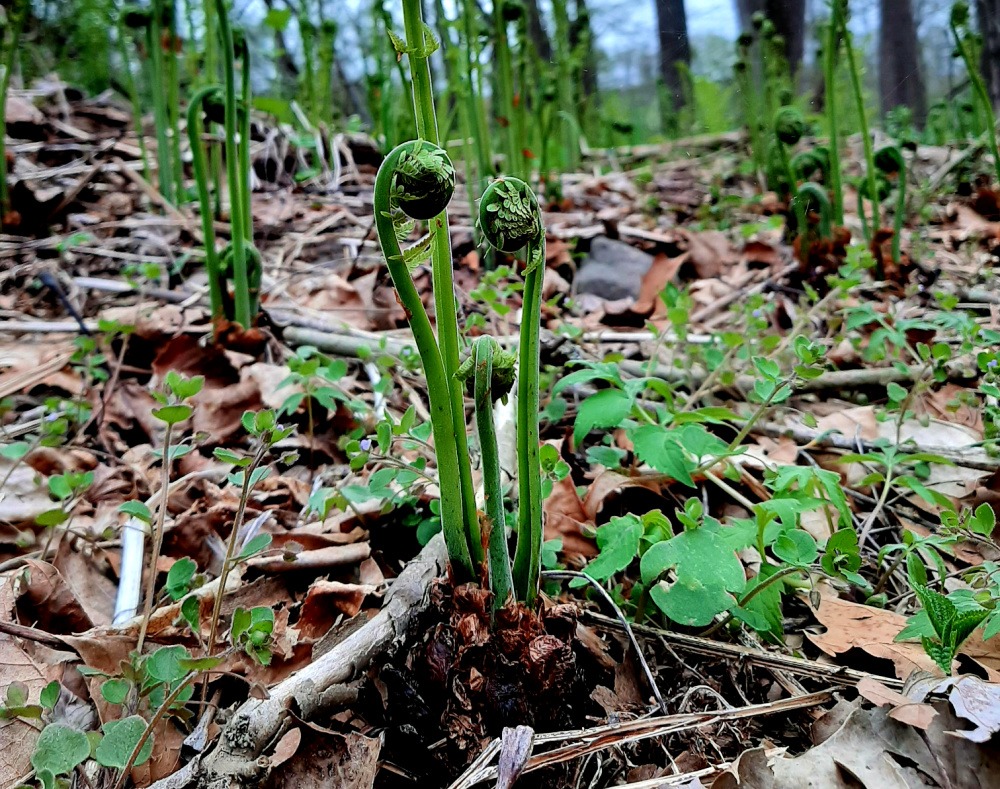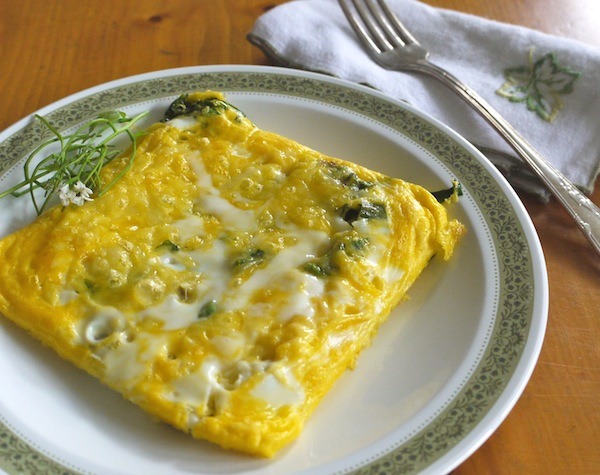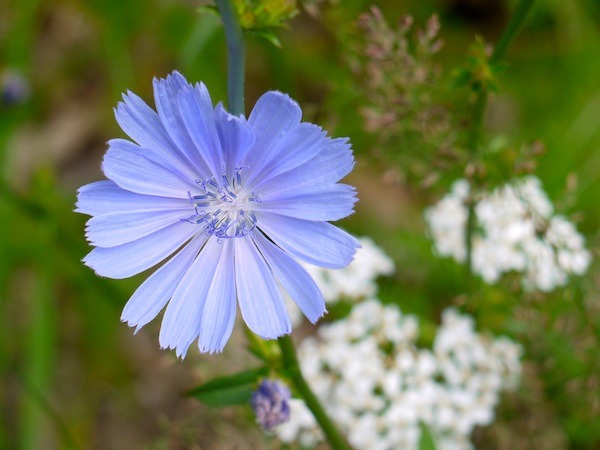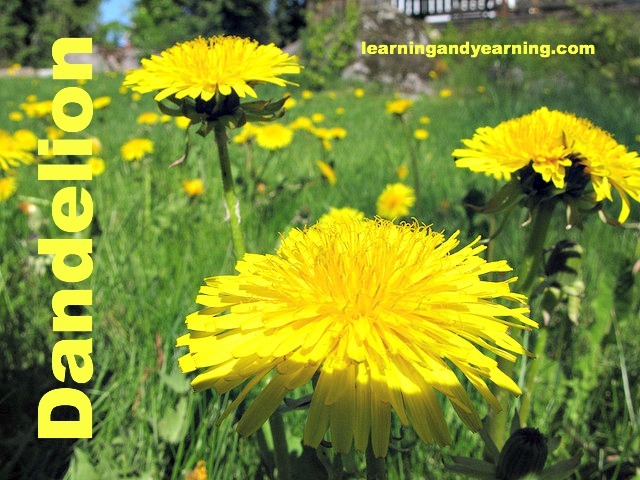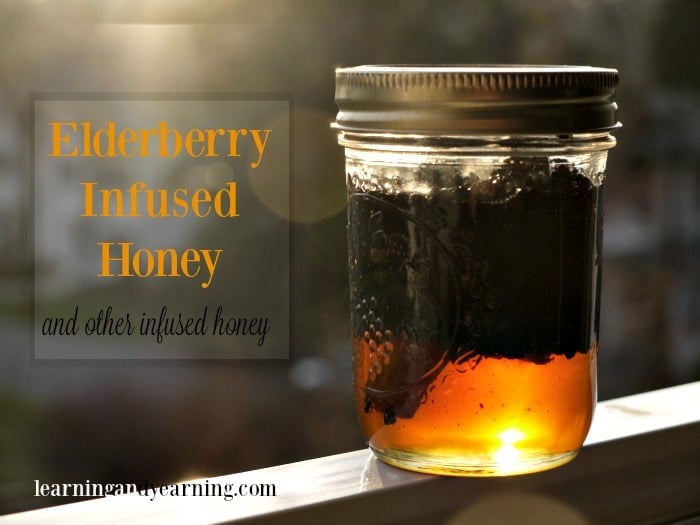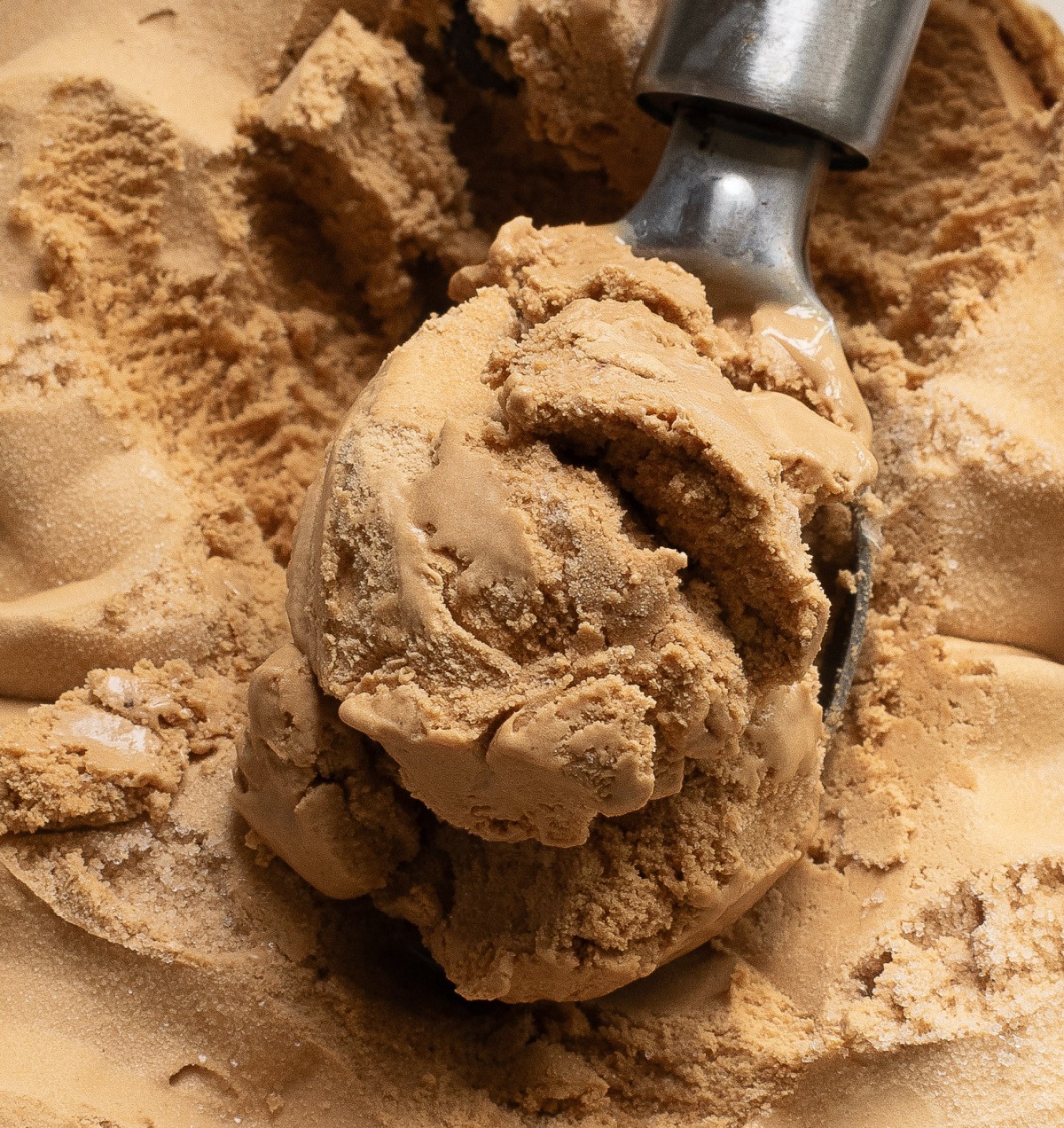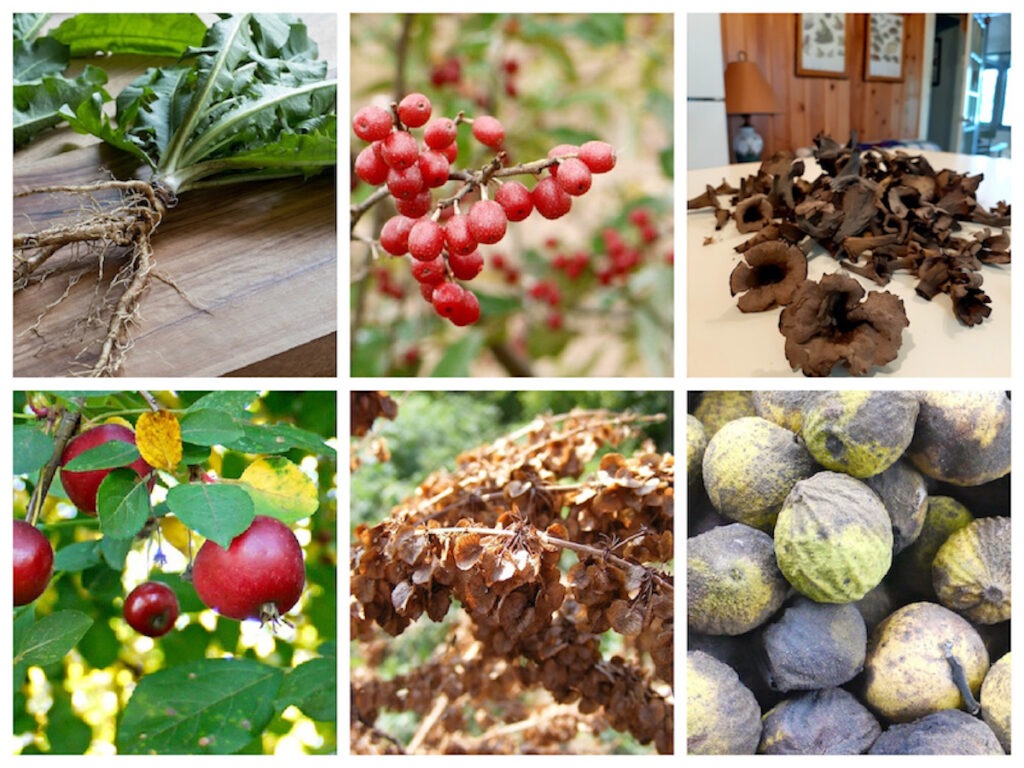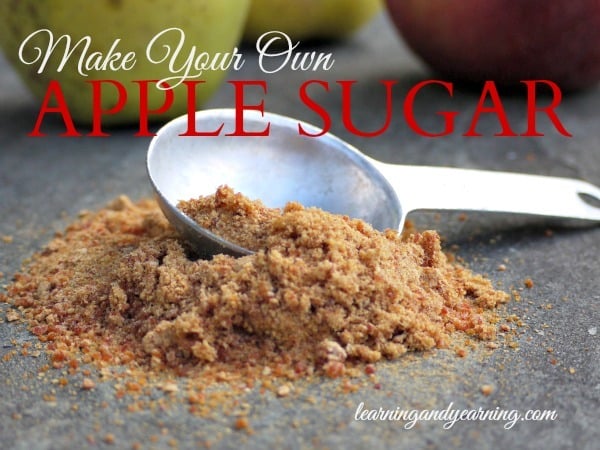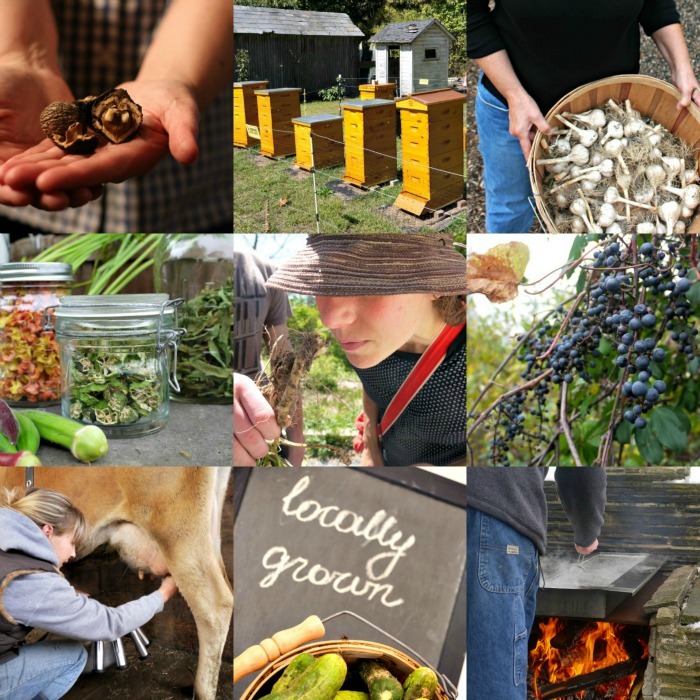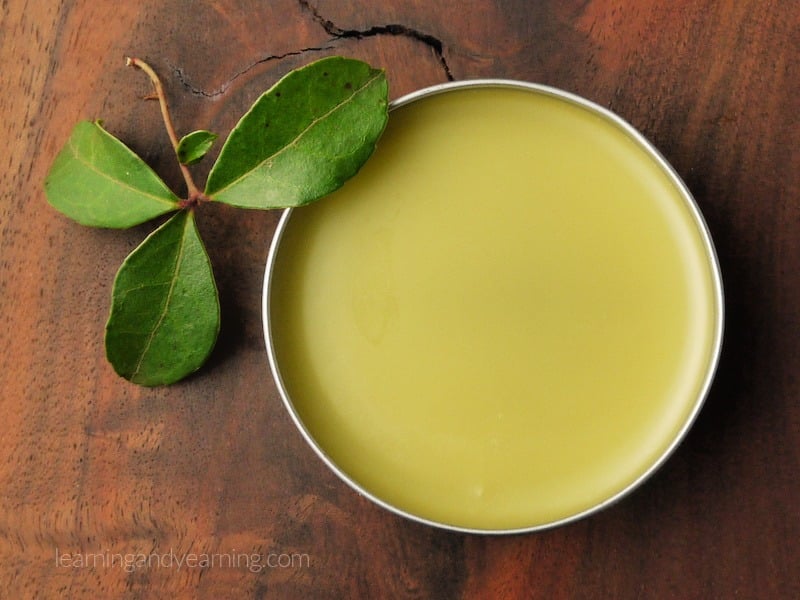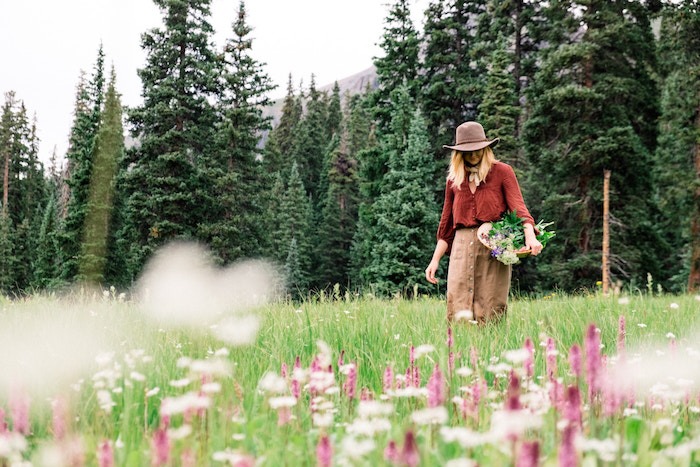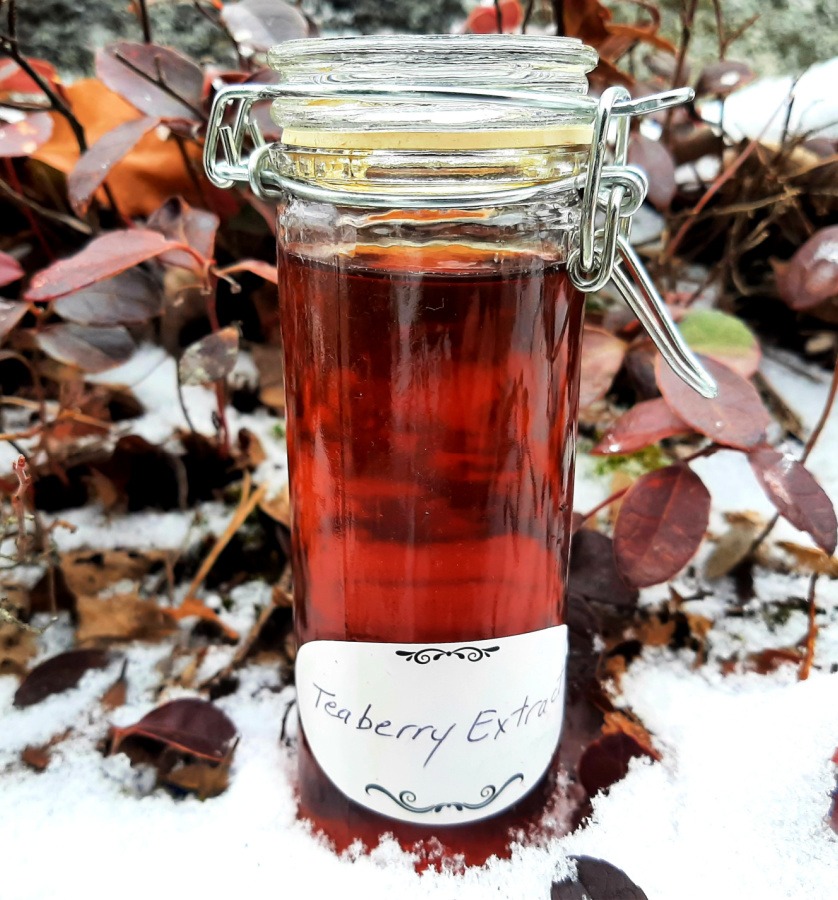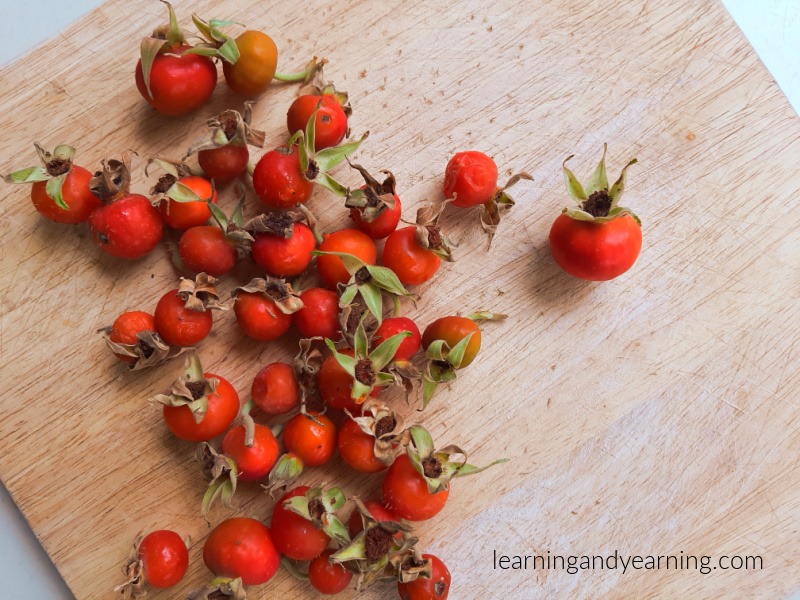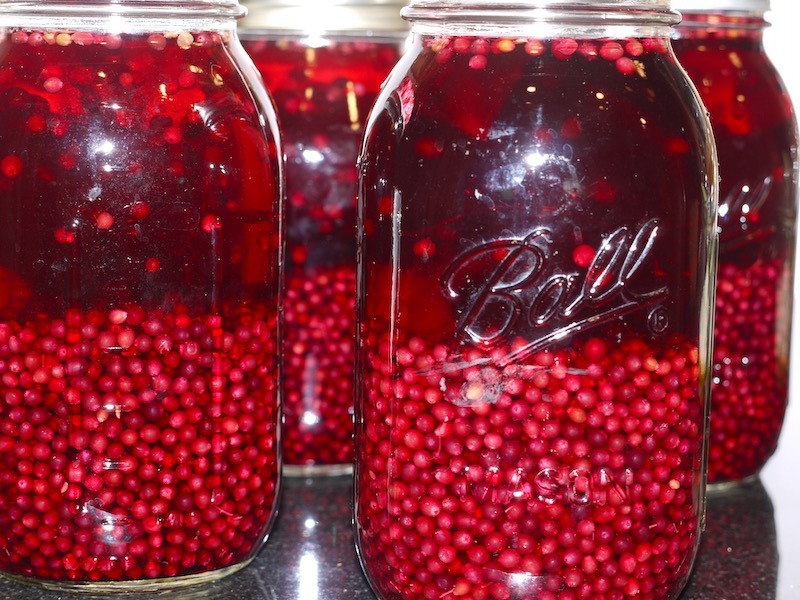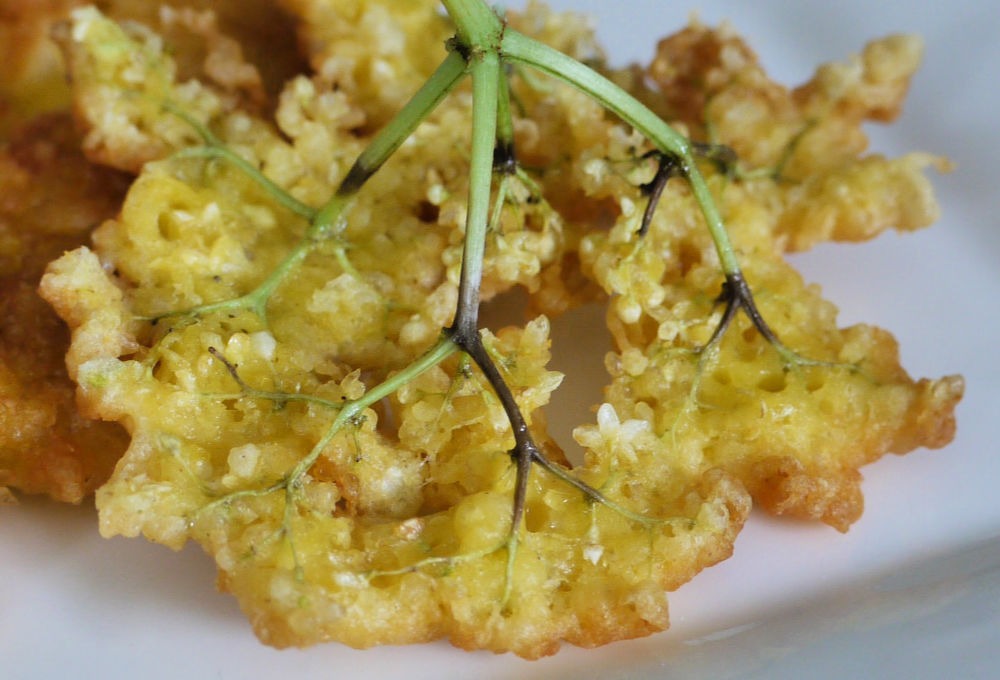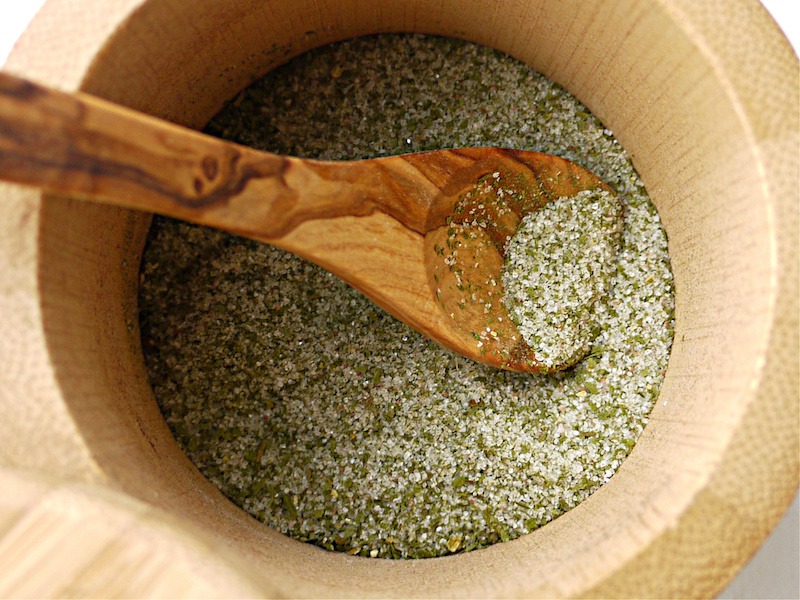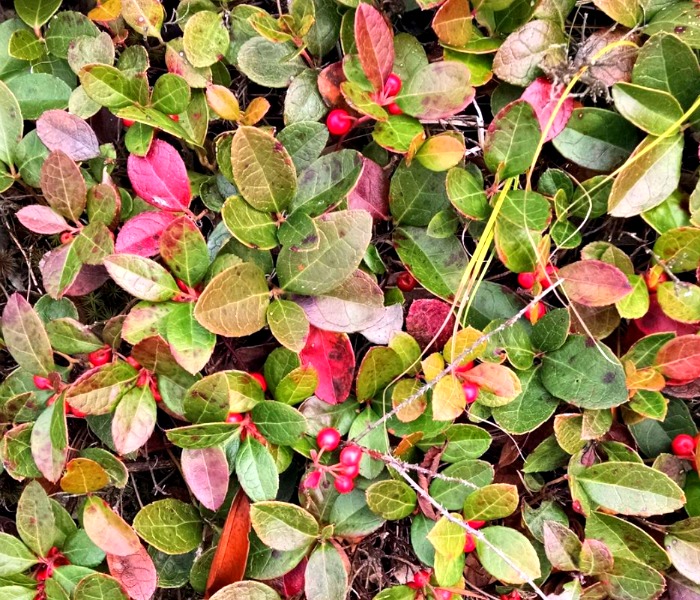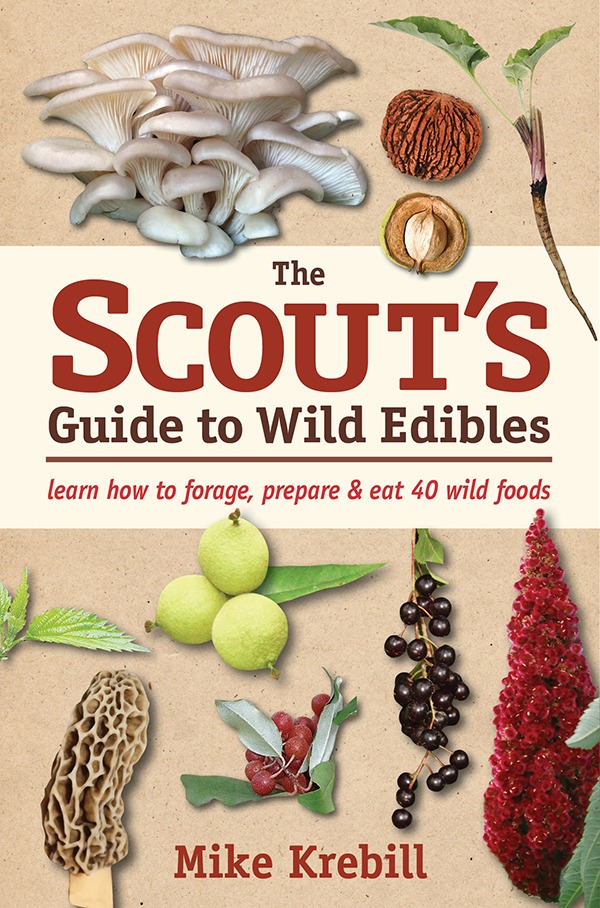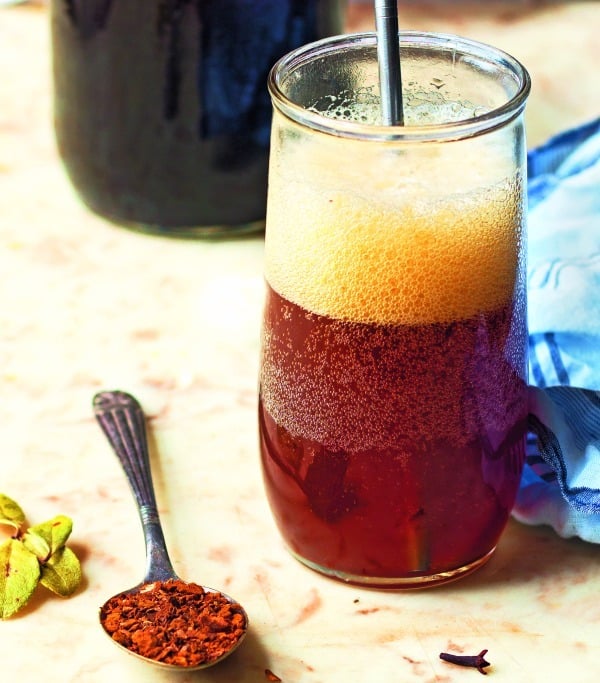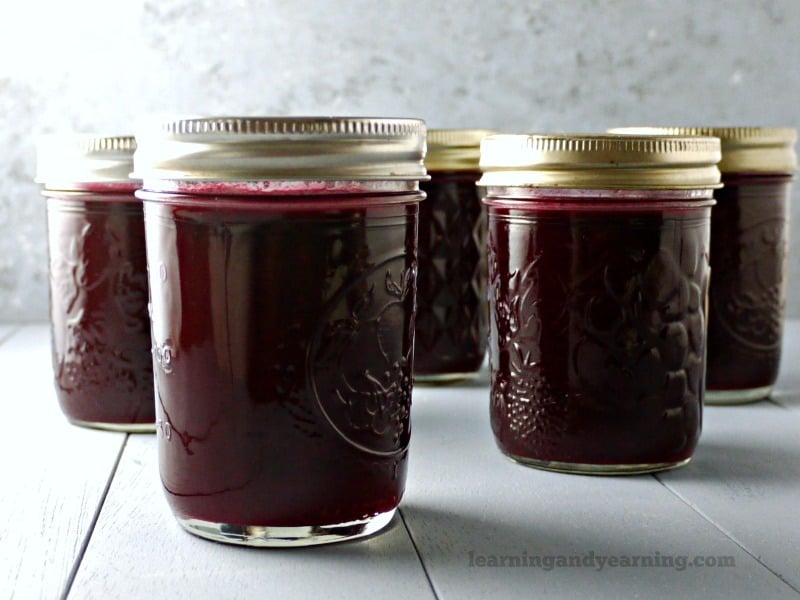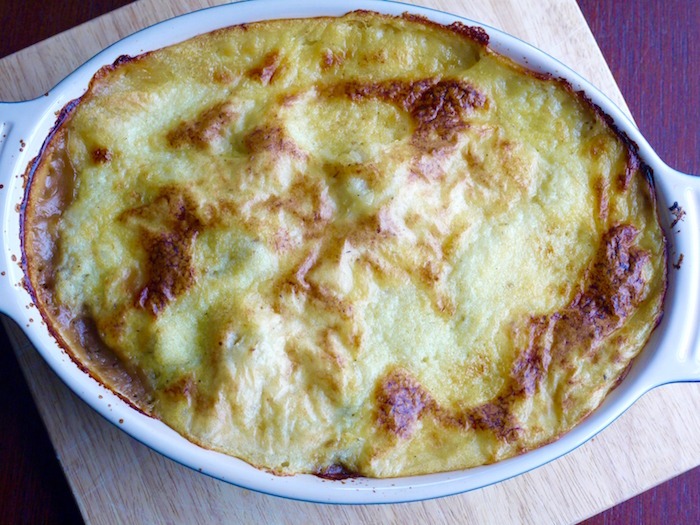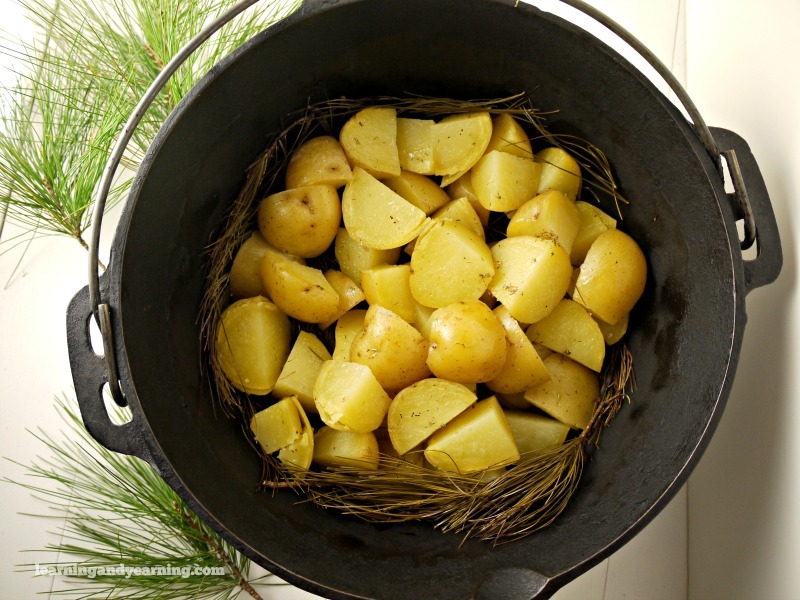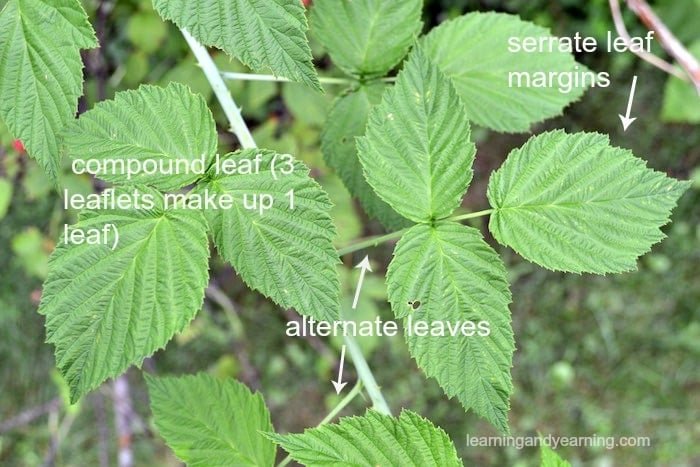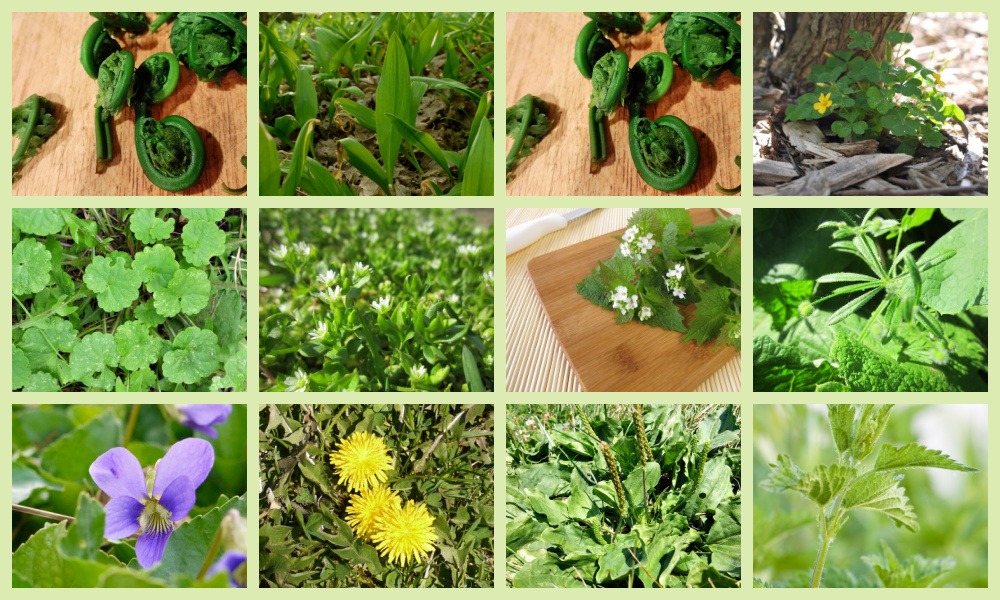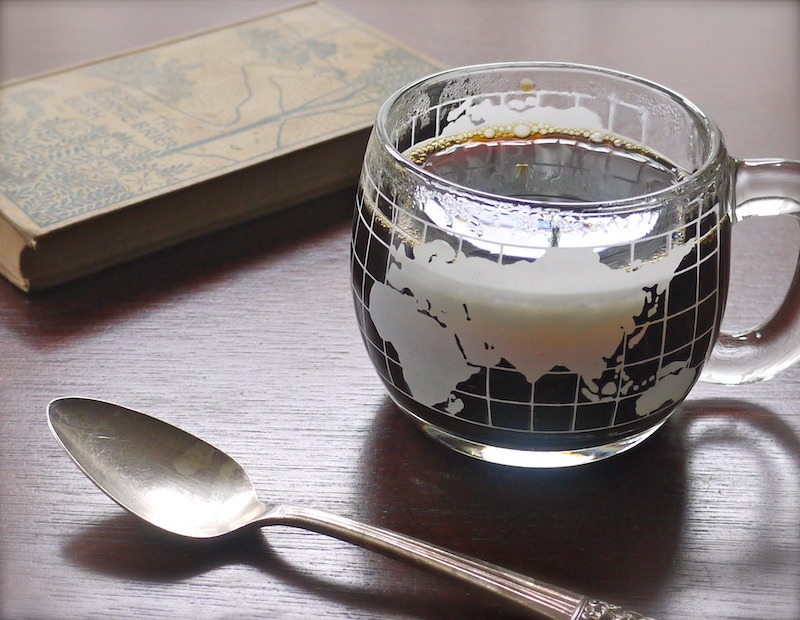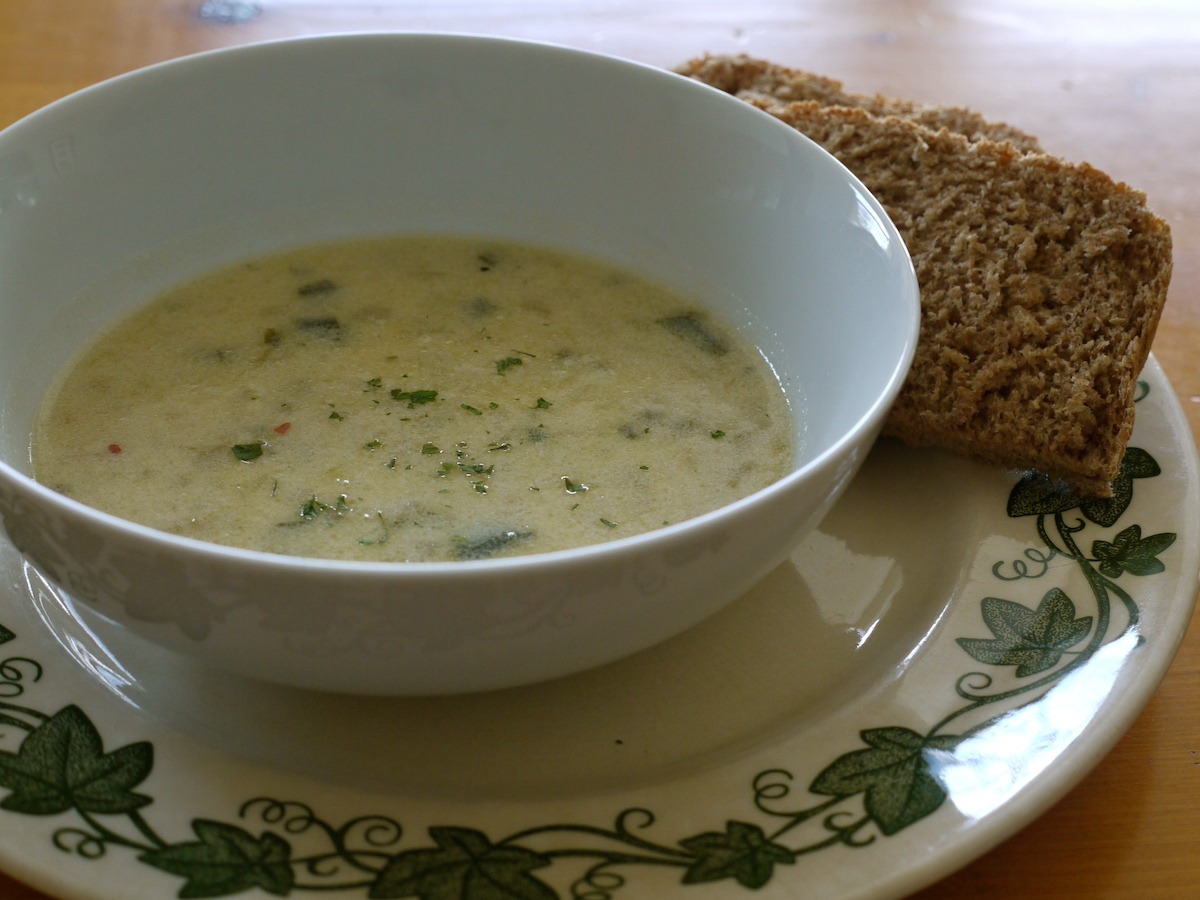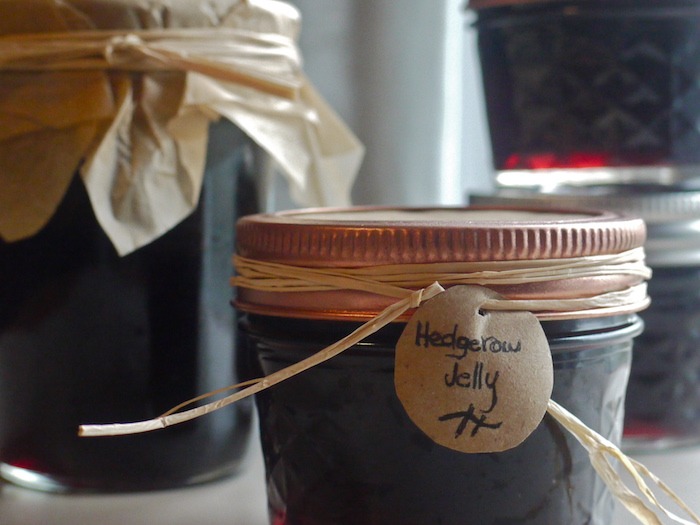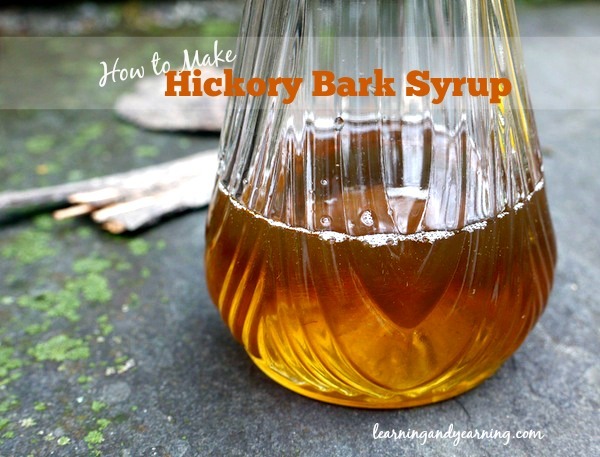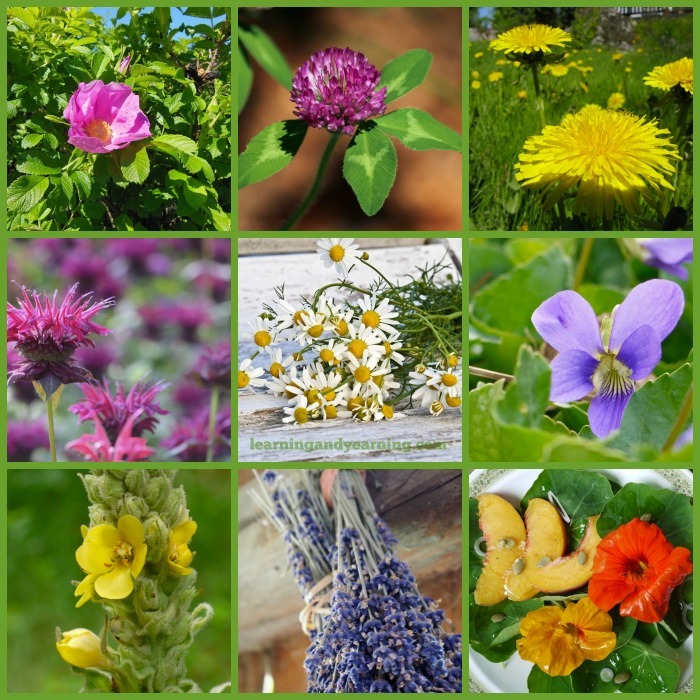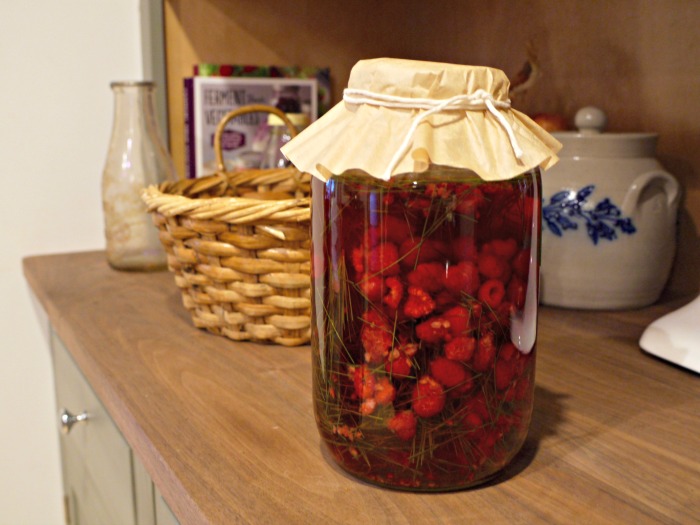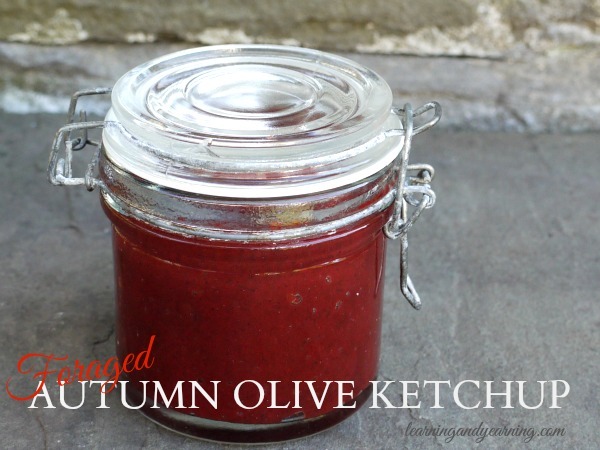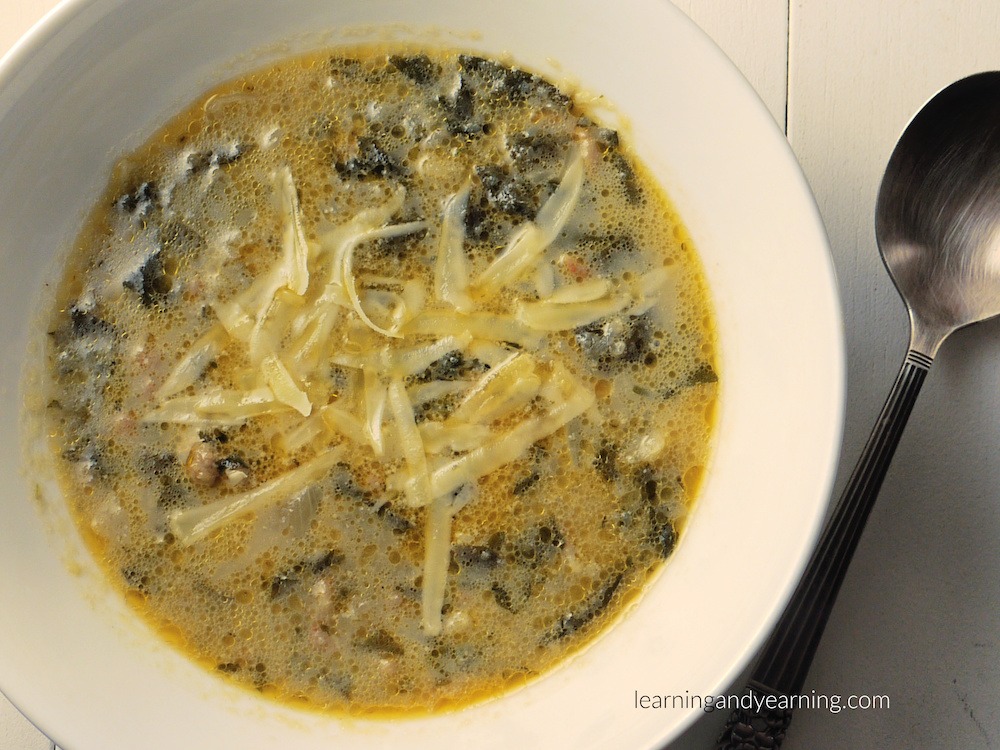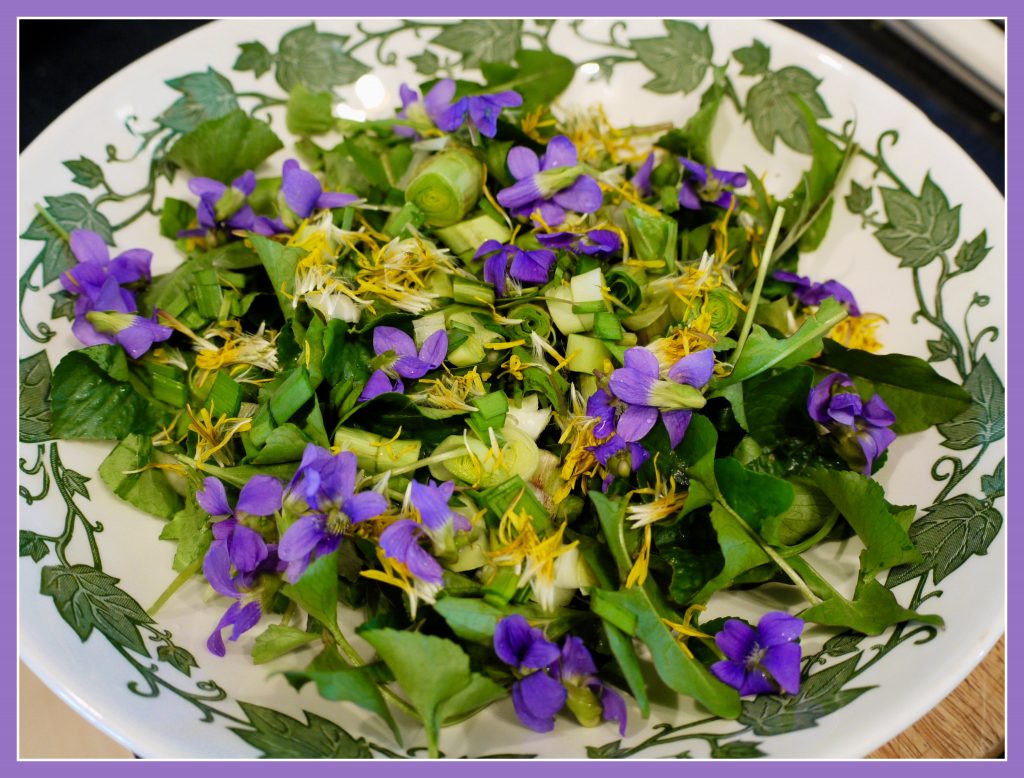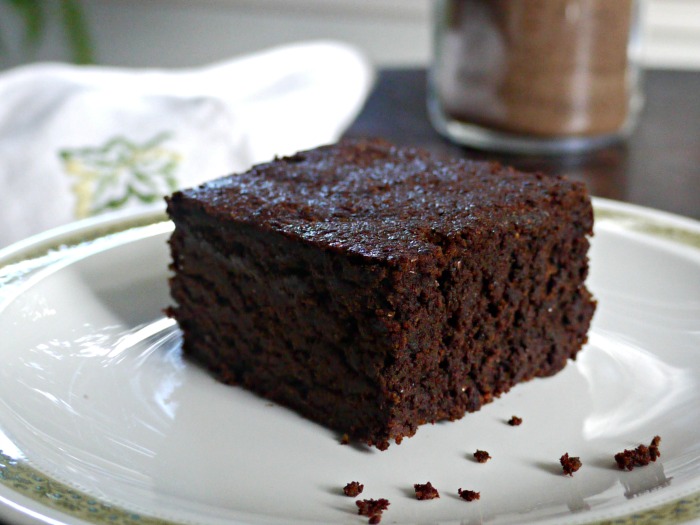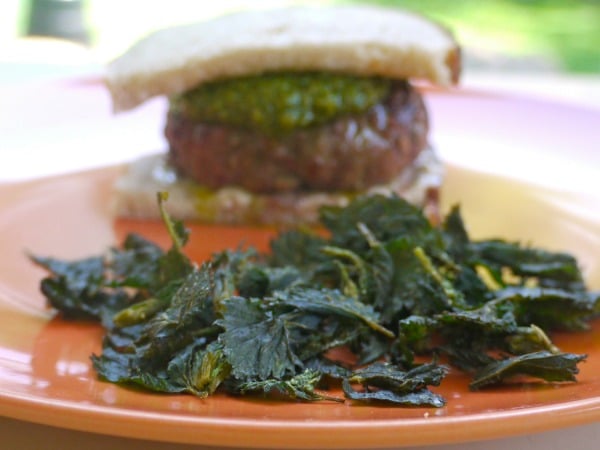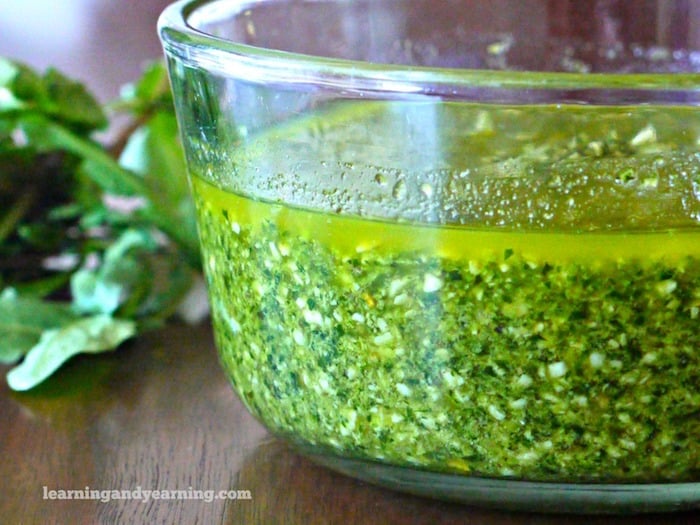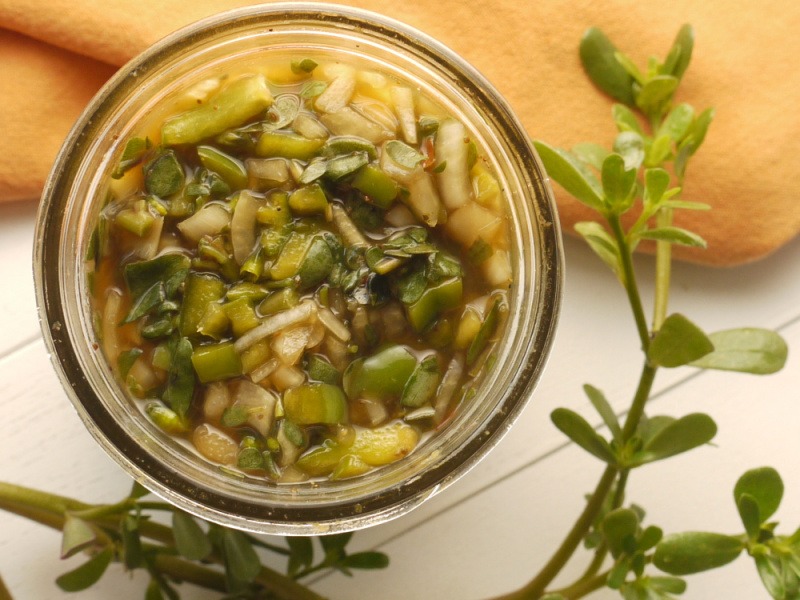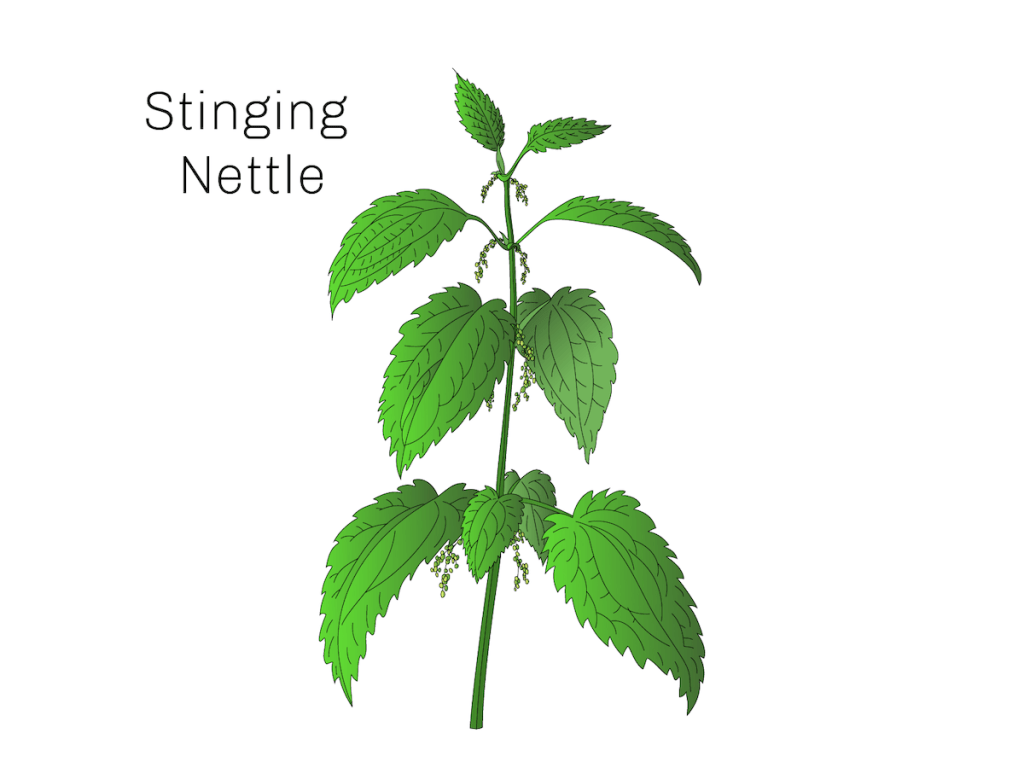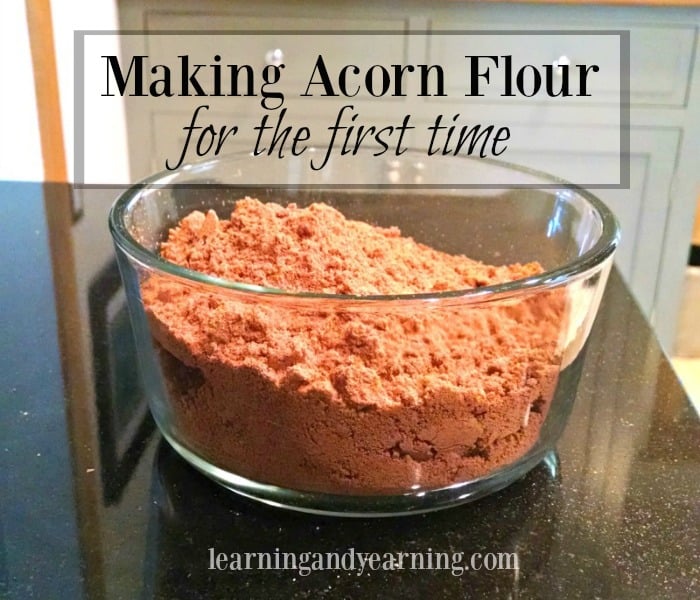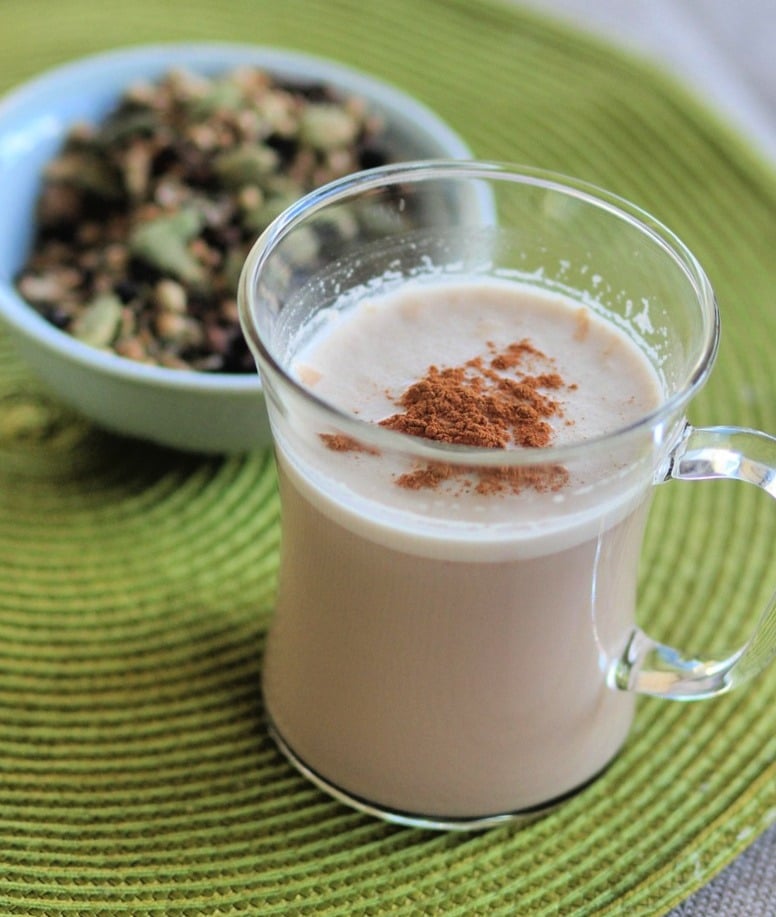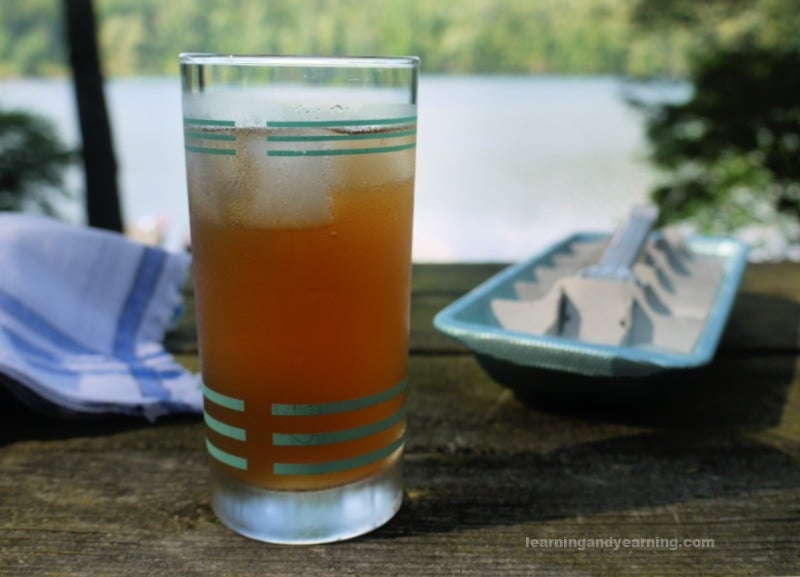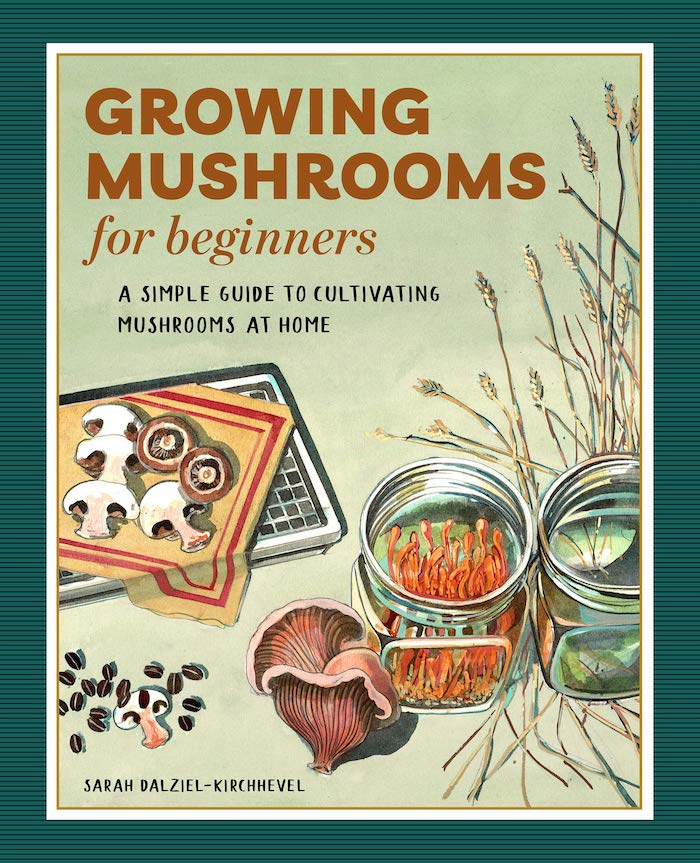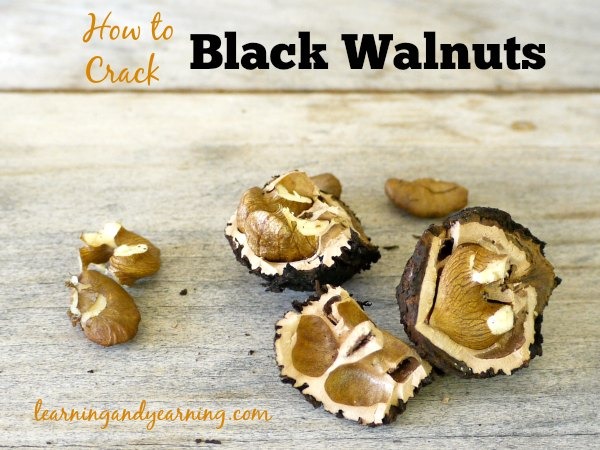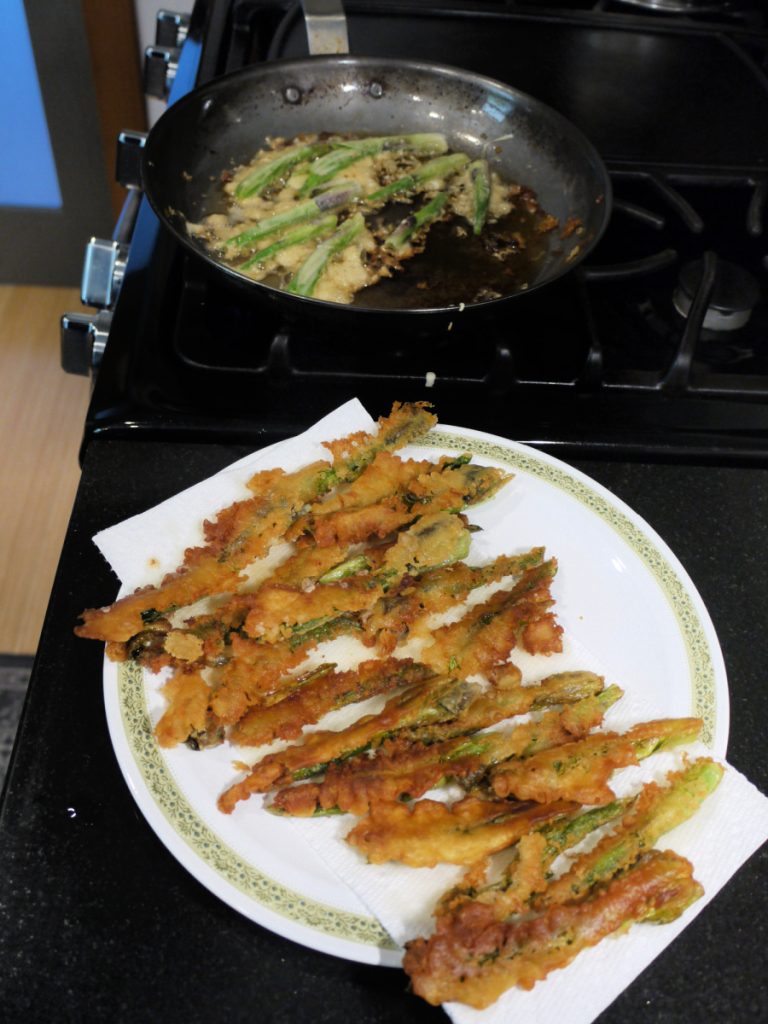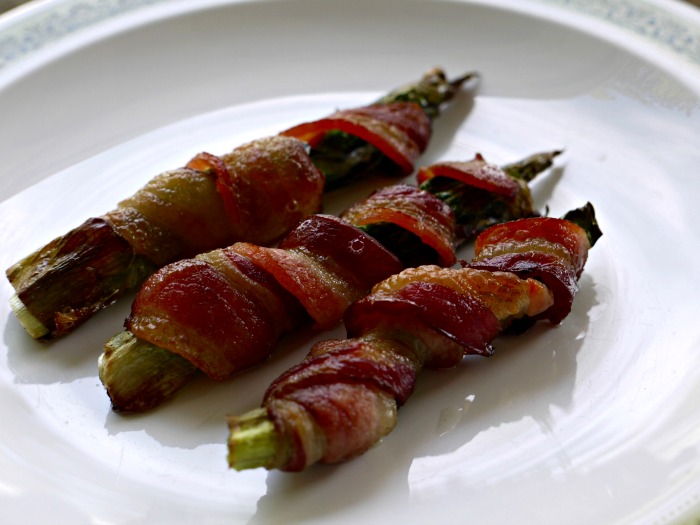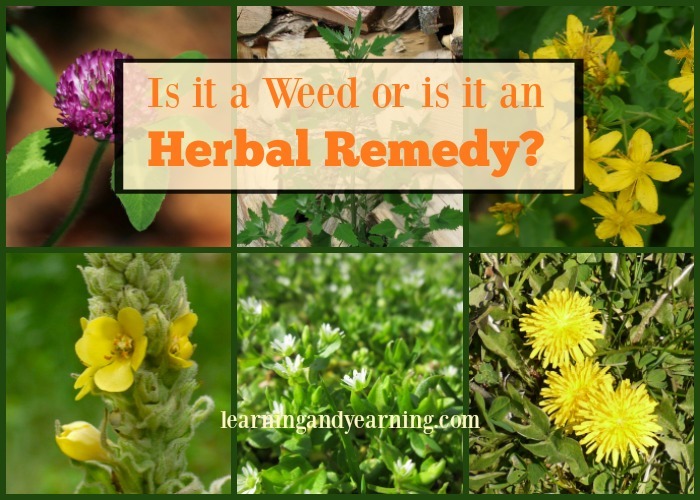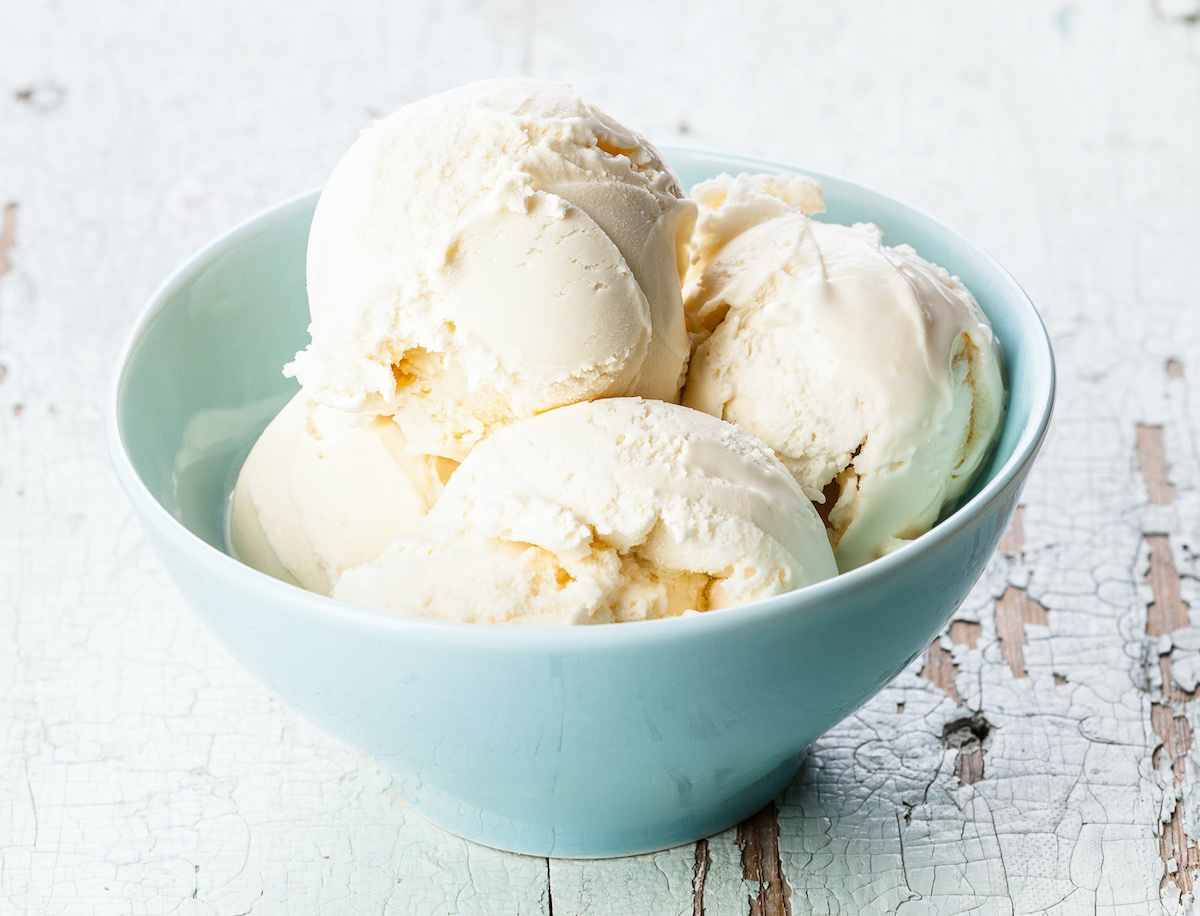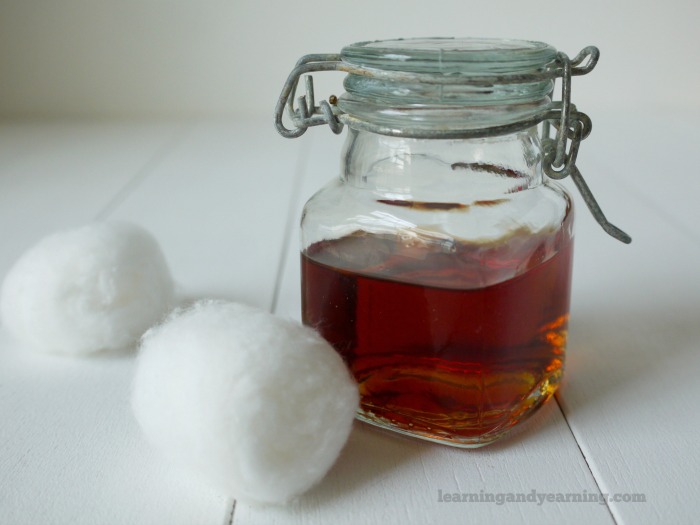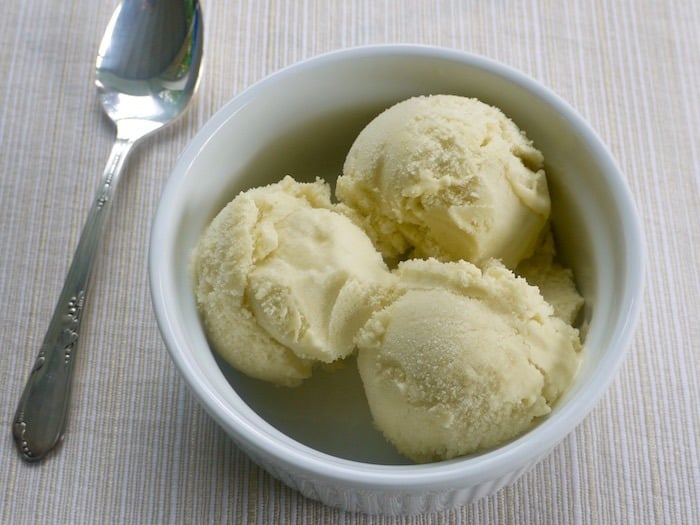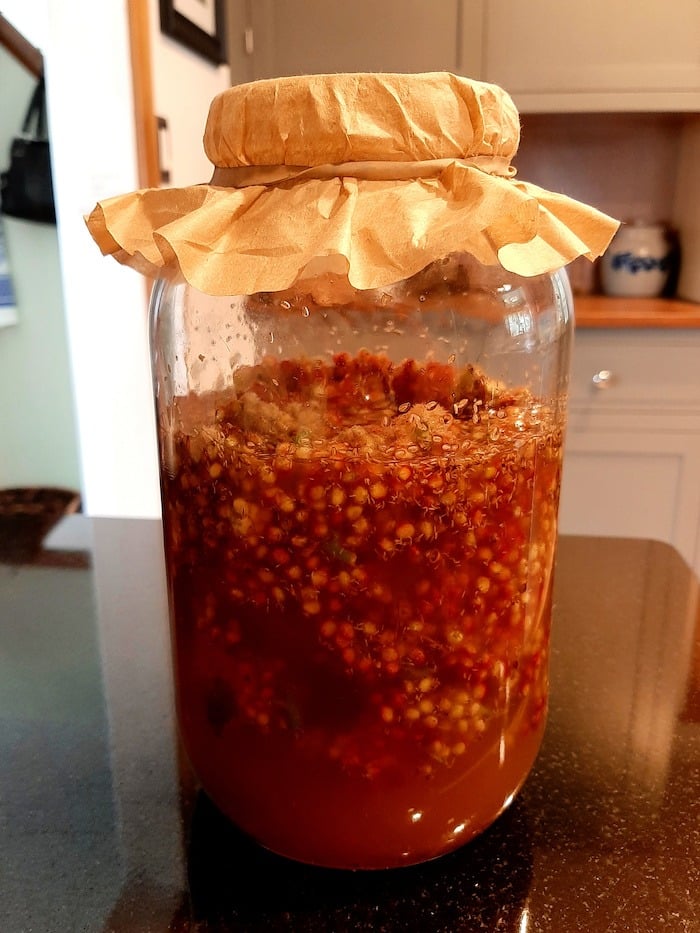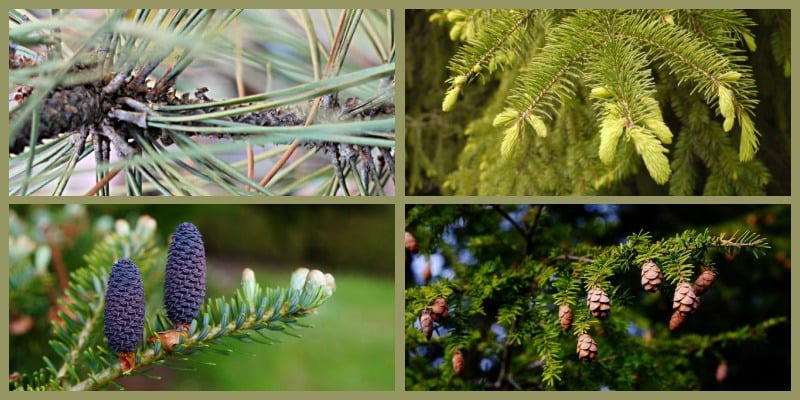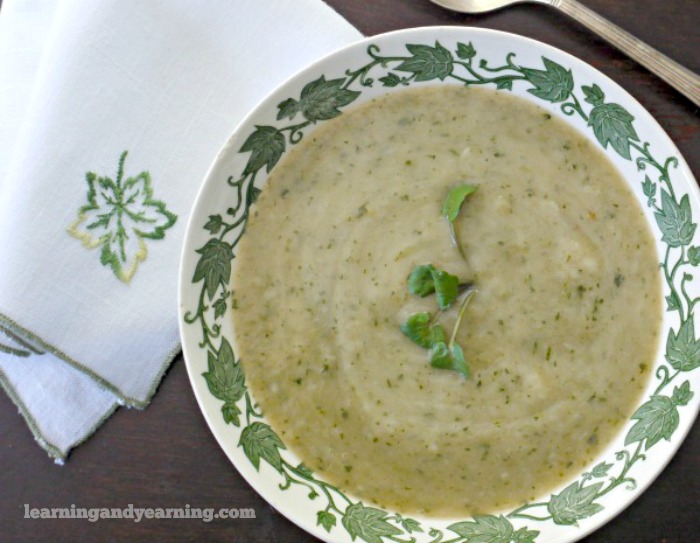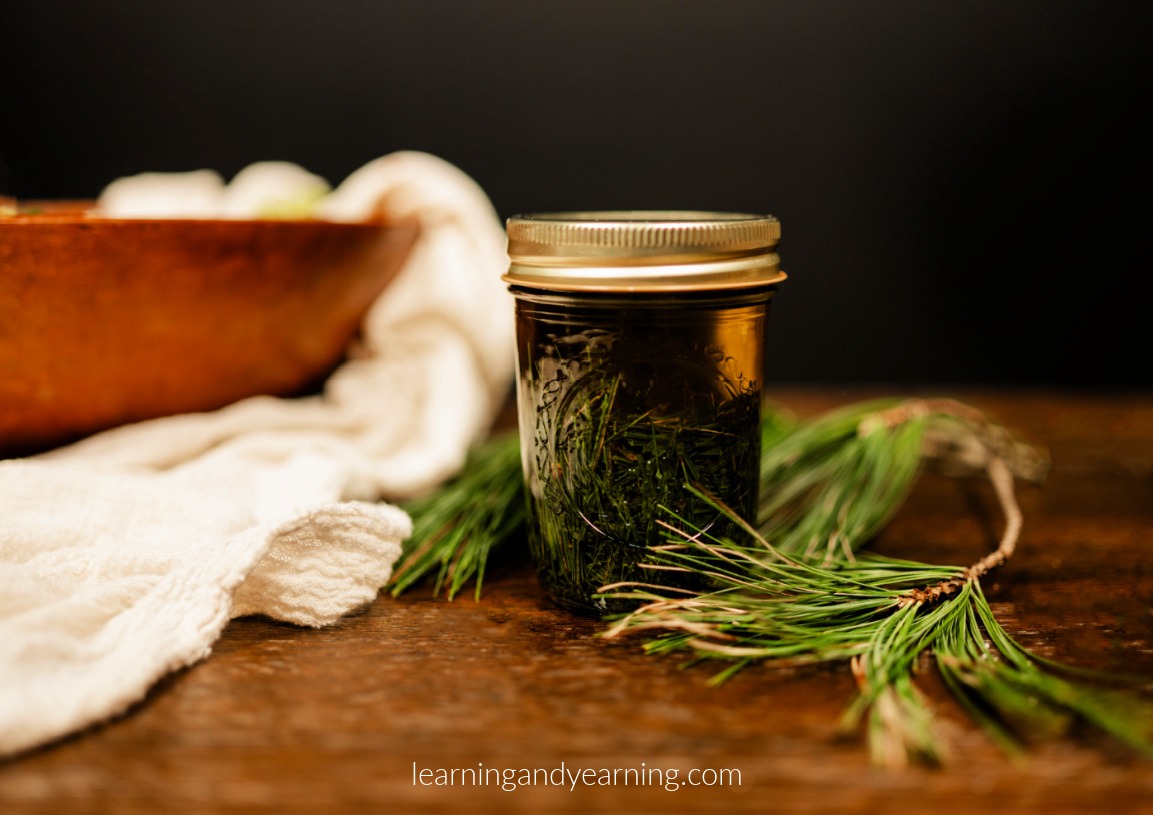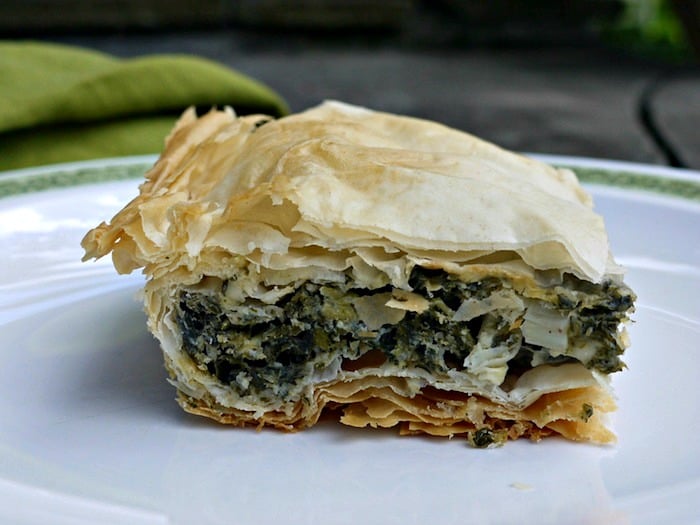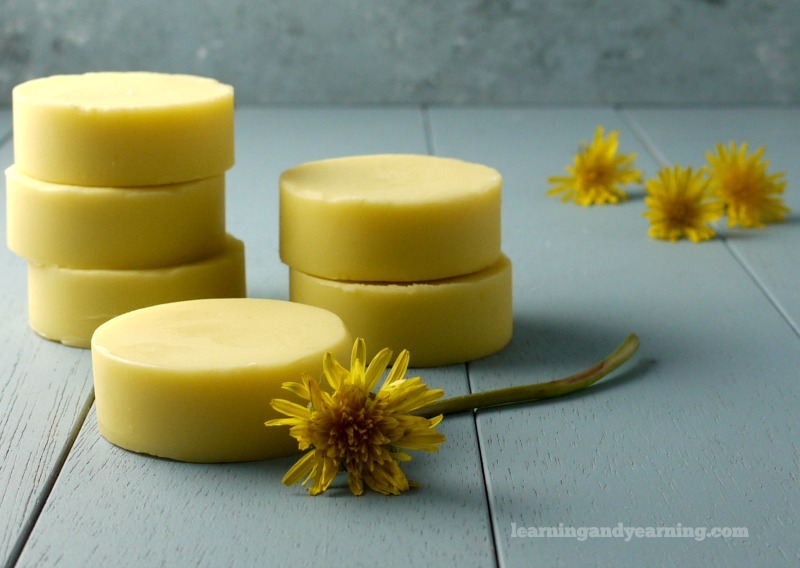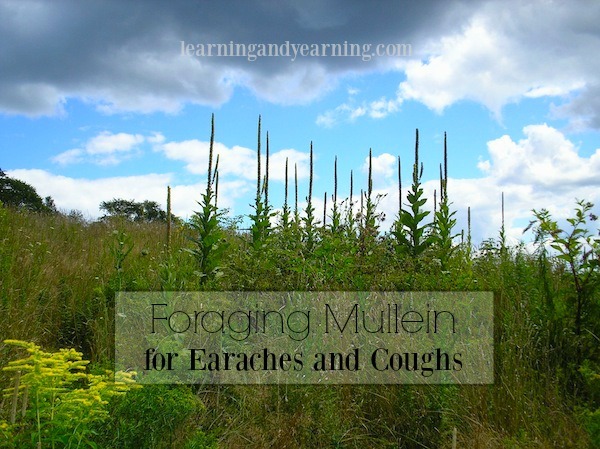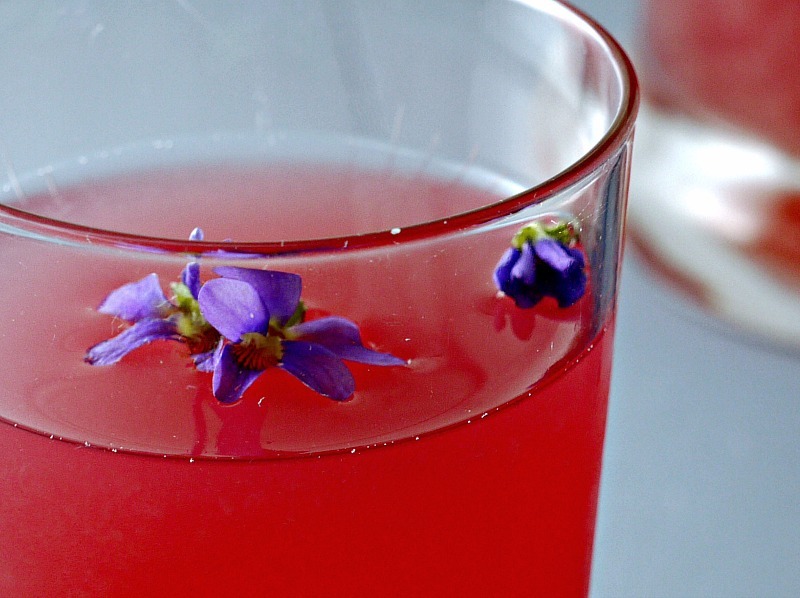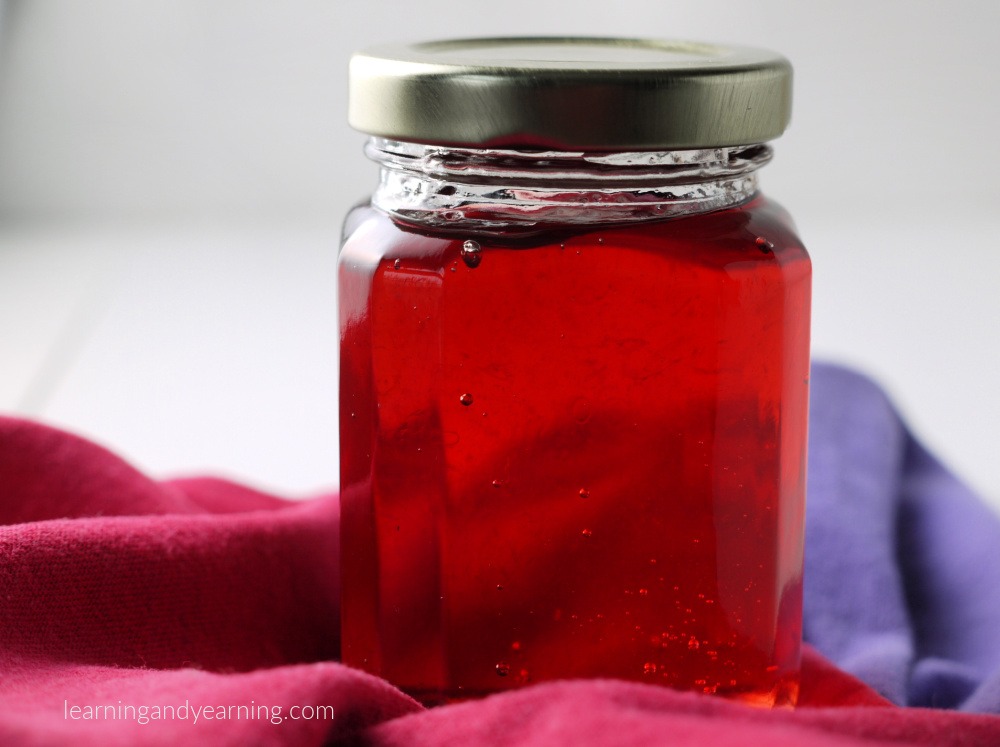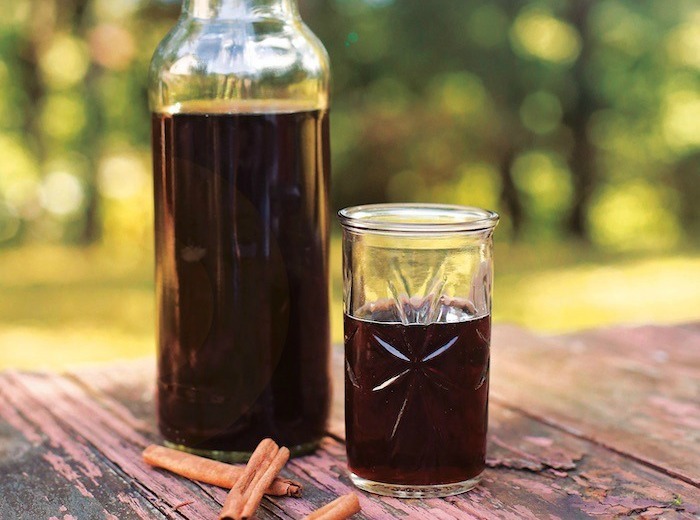
As much as I’ve enjoyed learning to identify new plants over the years, I’ve been rather nonchalant about foraging, and especially about foraging enough for winter use.
My interest has piqued over the past year or two, however, and I’ve found myself in the position where I’ve grown to rely on certain foods, like elderberry, for example, but did not forage enough to have on hand all winter. Hard to believe when Mike foraged gallons of elderberry this past September.
Or take dandelion root. Now that I’ve learned to roast it to perfection, I really enjoy it and miss not having it.
And I brush my teeth everyday with my Plantain and Kelp Tooth Powder, so I need to step up my game when plantain returns this spring.
In the meantime, I’m really thankful for companies like Frontier and Starwest Botanicals where I can find many of the foraged items I like to have on hand in dehydrated form at really reasonable prices.
Foods & Medicinals You Can Buy Dehydrated
Barberry – Barberry is a great dried cranberry substitute. It makes a nice addition to salads, and I add it to my elderberry syrup as well because of its ability to improve immune system function. The root is effective as well. If you can’t forage barberries, purchase them here, or the root here.
Chicory root – I’ve yet to forage chicory root, but when I ran out of my foraged dandelion root, and it was out of stock at Mountain Rose Herbs, I purchased chicory root instead. It’s high in vitamin C, so makes a nice, hot beverage when you feel a cold coming on. It came already roasted. If you can’t forage chicory root, purchase it here.
Comfrey leaf – Comfrey grows wild in my area, but I also grow it in my garden. I don’t generally consume comfrey but dry the leaves to use in this DIY Healing Balm because it promotes healing and provides pain relief. If you don’t grow comfrey and can’t forage it, purchase it here.
Dandelion root – The trick, in my opinion, to good roasted dandelion root is to roast it to just before it begins to burn. To me, that’s when it makes a good coffee substitute. Roasting it any lighter and it’s more like tea. If you can’t harvest dandelion root, purchase it already roasted here.
Elderberry – While people don’t often realize that many items that they forage are available for purchase, elderberry is just the opposite. It seems to be a popular purchased item with “crunchy” moms who don’t realize that it can be foraged in many areas. It’s most common use is probably elderberry syrup. You can purchase elderberries here.
Elder flower – Like the elderberry, elder flower has antiviral and antibacterial properties and has been used for sinus infections, colds and flu, and other respiratory issues. If you can’t forage elder flower, purchase it here.
Juniper berries – I enjoy their spicy pine flavor in salad dressing, or venison stew. They have antiviral properties and have been used to treat bronchitis. If you can’t forage juniper berries, purchase them here.
Plantain – This is one of the weeds that Katrina Blair says that we could live on if we had to in her book The Wild Wisdom of Weeds. A friend of mine first opened my eyes to it a few years ago when she mentioned that she uses it to treat poison ivy. It may be eaten raw in salads. My main use, as I’ve mentioned, is in my Plantain and Kelp Tooth Powder. If you can’t forage plantain leaf, purchase it here.
Rose hips – Another foraged food that I add to my elderberry syrup, rose hips are high in both vitamins C and A. Don’t make the mistake, though, of thinking that these foods are only good for their medicinal value. They are delicious! If you can’t forage rose hips, purchase them here.
Nettle – That would be stinging nettle, so be careful when harvesting! I rely on nettle to help me with seasonal allergies. It definitely helps. I also like Cream of Nettle Soup, and have even made it with dried nettle. I don’t have a recipe for it, but make it like I do my Watercress Soup (see below). If you can’t forage stinging nettle, purchase it here.
Watercress – I especially like Watercress Soup. You can get my recipe here. I’ve never used watercress dehydrated, though, but it may be purchased here. And yes, I know, this would make 11 on the list, but who’s counting?
What foraged foods do you rely on? Have you ever purchased them?

